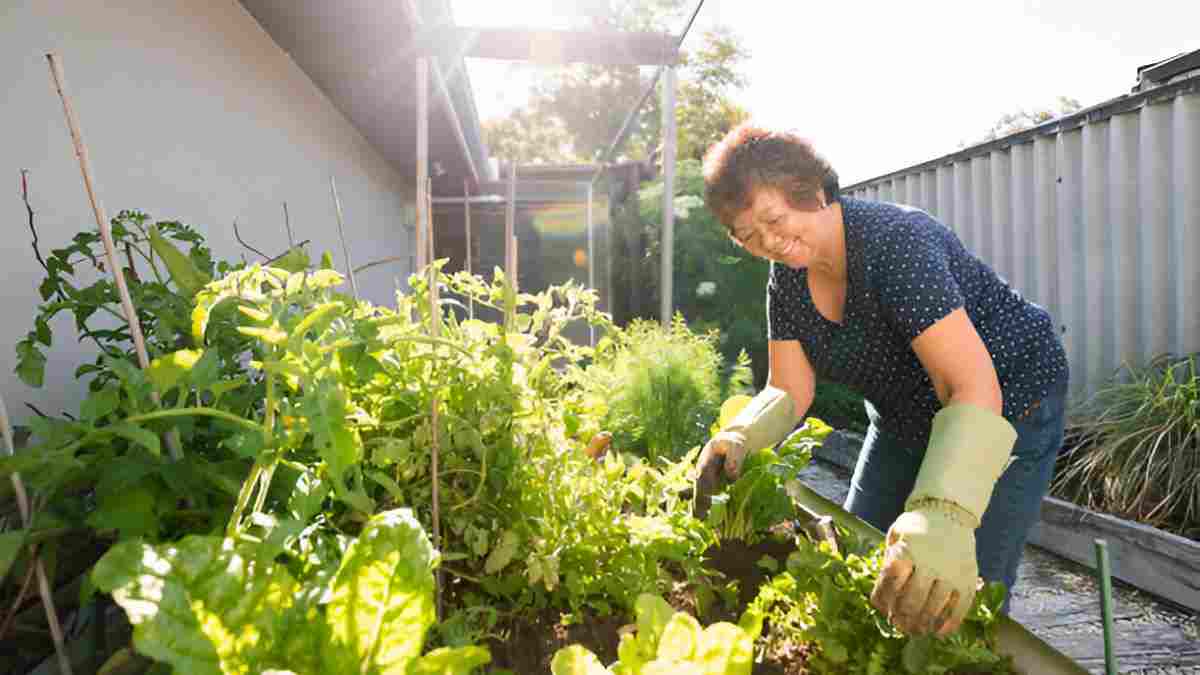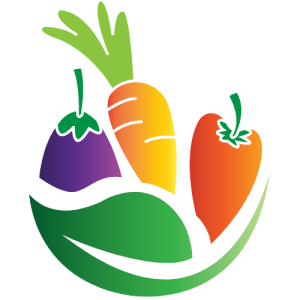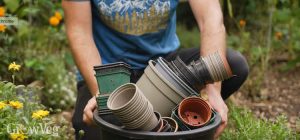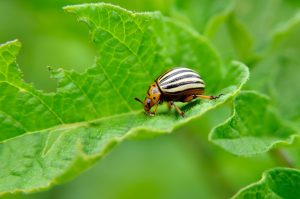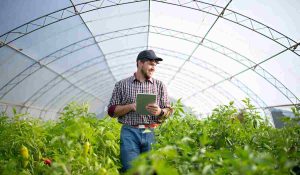You can grow vegetables at home, even with little space. It’s simple if you plan well and care for your plants.
First, find a sunny place. It can be a backyard, rooftop, or balcony. Make sure water drains well.
Next, prepare the soil. Good soil is soft, holds water, and has compost or natural matter. This helps plants grow strong.
Choose vegetables you like to eat. Pick ones that grow well in your area. Think about how much space and time they need.
Use basic tools: gloves, a small shovel, scissors for plants, and a watering can.
You can plant in the ground, in raised beds, or in containers:
Ground: Good for big spaces but may get more bugs.
Raised beds: Clean and easy, but cost more.
Containers: Great for small areas but dry out fast.
Water your plants deeply, but not too often. Feed them with natural plant food. Check for bugs often. Use safe, natural ways to keep them away.
Start small. Don’t plant too much at once. Remove extra baby plants so others grow better.
Know the best time to plant. In the USA, there are four growing seasons: spring, summer, fall, and winter. Planting at the right time helps your garden grow well.
Enjoy fresh, healthy food from your own garden.
Which vegetable gardening suits your space, soil, and climate best?
Want to grow vegetables? Great idea!
First, think about your space. Big yard? Small balcony? There’s a garden type for you.
In-Ground Garden
Best for people with big yards and good soil. Cheap to start and great for big harvests.
Hard to manage if you don’t like bending. Weeds can be a problem.
Raised Bed Garden
Good for small yards or bad soil. You add your own soil in a box. Fewer weeds and easier on your back. Costs more to set up.
Container Garden
Perfect for balconies or patios. Use pots to grow herbs or small plants. Easy to move but needs water often.
Hydroponic Garden
No soil—just water with nutrients. Great for indoor growing. Plants grow fast, but setup is harder and costs more.
Tips
Ask yourself: How much space do you have? Can you bend, or do you need raised beds? Start small. Try what works. Grow more later.
How to optimize soil and sunlight for urban vegetable gardening?
California is the number one state for growing vegetables in the U.S. It grows almost 70% of the country’s fruits and vegetables. Other good states are Washington, Oregon, Arizona, Idaho, Wisconsin, and Florida.
Soil:
Most vegetables like loamy soil. This type of soil holds water, drains well, and feels soft. Try to keep the soil pH between 6.0 and 7.0. You can check it with a cheap test kit from a garden store. Add compost to make the soil richer. Old food scraps and dry leaves work well for this.
Sunlight:
Vegetables like tomatoes and peppers need full sun—at least 6 hours each day. Leafy vegetables like spinach and lettuce can grow with less sun. Root vegetables like carrots and radishes grow best in full sun, but they can still grow with some shade.
The main idea: Good soil and enough sun help your garden grow well. Start small, watch your plants grow, and enjoy the food you grow.
What tools are essential for each stage of vegetable gardening?
Want to grow your own food? You don’t need many tools—just a few good ones. Here are the 7 Easy Tools most helpful:
- Garden Gloves – Keep your hands safe from cuts, thorns, and blisters.
- Hand Trowel – A small tool for digging and planting.
- Pruners – Use these to cut dead leaves, shape plants, and harvest veggies.
- Garden Fork – Loosen hard soil, turn compost, or dig root crops like potatoes.
- Hoe – Helps remove weeds and make rows for planting.
- Watering Can or Hose – Plants need water.
- Garden Rake – Levels soil and spreads compost.

Extra Tips:
Clean tools after use, store them in a dry place, and sharpen blades when needed.
How can home gardeners effectively use raised beds to grow vegetables?
A raised bed is a box filled with rich soil that sits above ground, making gardening easier and more productive.
Why Use Raised Beds?
- Better Soil: Fill with compost, topsoil, and potting mix.
- Fewer Weeds: Close planting helps block weeds.
- Early Planting: Soil warms up faster after winter.
- Easy on the Body: Less bending—great for older gardeners.
- More Yield in Less Space: Grow upward with supports.
What to Build With
- Wood: Cedar lasts longer; pine is budget-friendly.
- Metal: Durable but can heat up.
- Bricks/Blocks: Strong, but heavy.
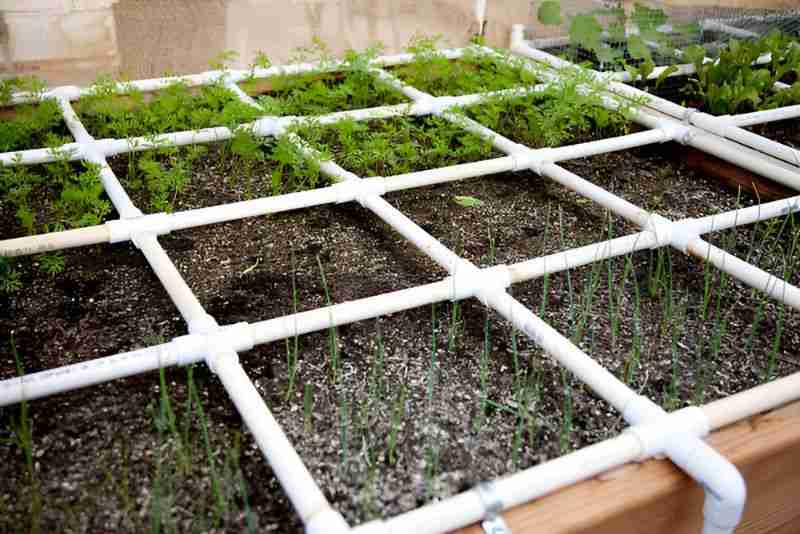
Quick Tips
- Make beds 12–18 inches deep.
- Add mulch to keep soil moist.
- Use drip irrigation to save water.
- Start small with easy plants like herbs or tomatoes.
Which vegetables are best for home gardening in California?
Many people in California are starting small gardens. They want fresh, healthy food they can trust. Vegetables from your own garden often taste better than store-bought ones.
Even in cities where space is limited, people are finding ways to grow vegetables—using rooftops, balconies, or small yards. Some grow plants in big bags or pots.
In places like Los Angeles, San Diego, and the Bay Area, rooftop or container gardens are common. These small gardens help families eat better and add green space to the city.

How do I successfully plant and grow a vegetable garden?
You can grow your own vegetables at home. It can be in a garden or on a small balcony. Home-grown food tastes better and is fresh.
Gardening helps you save money. It also gives you exercise when you dig and water. Spending time outside can make you feel happy and calm.
Growing food at home is also better for the planet. It means fewer trucks on the road and less pollution.
You don’t need a big space. You just need some soil, water, and sun. Start small with a few pots. It feels good to grow your own food. You can do it, step by step.
How can gardeners optimize care for common vegetable crops?
Most gardens need 1–2 inches of water each week. Water 2–3 times a week, not every day. Morning is the best time to water.
Check your plants:
- Tomatoes and squash need more water.
- Herbs like dry soil.
- Touch the soil—if the top feels dry, it’s time to water.
- If it’s hot, dry, or windy, plants may need more.
Smart tips:
- Add mulch to keep soil wet.
- Use a drip hose to save water.
- Water the base, not the leaves.
- Too much water can hurt plants.
How can gardeners manage pests and diseases in vegetable gardens?
Bugs can hurt your plants.
Common chewing bugs: caterpillars, beetles, cutworms, grasshoppers
Sucking bugs: aphids, whiteflies, spider mites, thrips, stink bugs
Inside plant bugs: corn borers, squash vine borers
Soil bugs: grubs, wireworms, slugs
Quick tips:
- Holes in leaves? → Chewing bugs.
- Sticky or curled leaves? → Sucking bugs.
- Sudden wilting? → Bugs inside or in soil.
Check your plants often.
How do organic and non-organic vegetable gardening compare?
Organic gardening:
- No man-made chemicals.
- Use compost, mulch, and good bugs.
- Better for bees, bugs, and soil.
Non-organic gardening:
- Uses store fertilizers and sprays.
- Works faster but may harm good insects.
Soil care:
- Organic: feed the soil.
- Non-organic: feed the plant.
Pests:
- Organic: row covers, crop rotation.
- Non-organic: chemical sprays.
Mixing both is okay—do what works best for you!
How to harvest and store garden veggies for freshness and yield?
Picking at the right time makes veggies taste better.
How to Know When to Pick:
- Tomatoes: Turn red or pink and feel soft.
- Zucchini & Squash: Skin gives slightly to the thumb.
- Carrots: Orange top shows above soil.
- Lettuce: Outer leaves big and crisp.
- Cantaloupe: Falls off vine on its own.
- Watermelon: Yellow spot under, dry stem tip, dull sound when tapped.
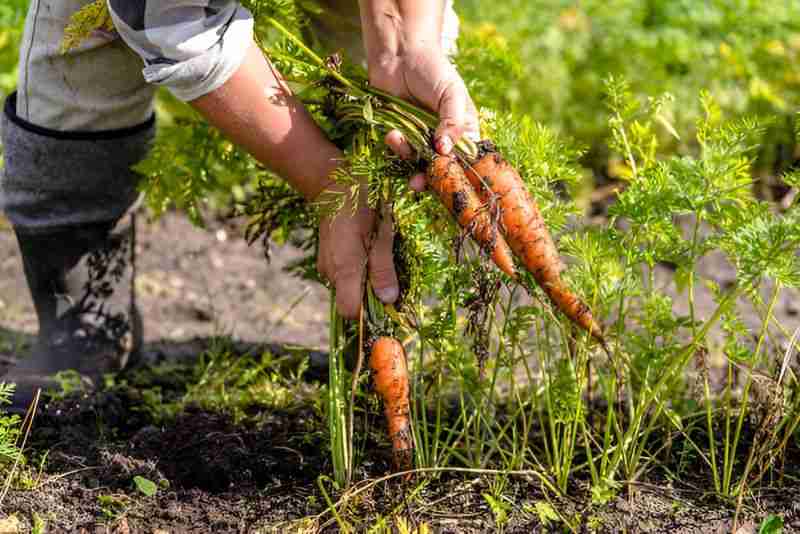
How can a beginner start and manage a home vegetable garden?
Grow vegetables you and your family like—lettuce, tomatoes, or green beans. Start small with a pot or raised bed. Pick a sunny spot with 6–8 hours of sunlight.Use soft soil with compost.
Remove weeds and rocks. If soil is too hard, use a container.
What are the essential tools every beginner gardener needs?
Here are 5 important tools:
- Gardening Gloves
- Hand Trowel
- Pruning Shears
- Watering Can or Hose
- Garden Fork or Hand Rake
How can I select vegetables that will grow well in my local climate?
Choose a sunny spot (6–8 hours daily). Avoid shade and soggy areas. Use raised beds or containers for small spaces.
Once you’ve picked the right spot and veggies, it’s time to check if your soil is ready to support healthy growth.
How can beginner gardeners easily test their garden soil at home?
Take samples from different spots. Do pH tests with vinegar or baking soda. Try a jar test for texture.Use a test kit for nutrients. Add lime, sulfur, or compost as needed.
With healthy soil and the right plants, you’re all set to grow your first successful garden. Happy planting!
What should a beginner gardener expect during their first month?
Prep the soil, plant seeds, and water often. Expect sore muscles and dirt. Watch for bugs and weeds. Celebrate every sprout and win!
In what order should I plant my vegetable garden?
Put tall plants like corn on the north side, medium plants in the middle, and short ones like lettuce on the south side. Water often, use good soil, and check for bugs. Plant in small steps to get food all season.
How Gardening Helps Young People Eat Better
Dr. K. Libman studied how growing vegetables can change the way young people think about food. The study was done at the Brooklyn Botanic Garden. It showed that kids who grow their own food eat more healthy vegetables and care more about what they eat.
The garden helped them learn about good food, nature, and healthy habits.
Read the full study by Dr. K. Libman here
FAQs About Vegetable Gardening
How to start a vegetable garden from scratch?
Start by picking a sunny spot with good soil. Remove weeds, add compost, and choose easy vegetables like lettuce or beans. Water often, give plants space, and enjoy fresh food when ready.
What is the best month to start a vegetable garden?
The best time to start a vegetable garden is late winter to early spring. You can plant cool-weather crops early, then warm-weather ones like tomatoes in April or May.
What is the easiest thing to grow in a garden?
The easiest vegetables to grow are lettuce, radishes, bush beans, and peas. They grow fast, need little care, and are good for beginners. You can plant them in garden beds or containers.
Conclusion
You can grow food in your backyard, balcony, or rooftop. Keep it simple. Start with easy plants. Water, compost, and sunlight are key.
Watch your garden often. Fix problems early. The more you care, the better your harvest.
Home gardening gives you fresh food and joy. So, dig in and get your hands dirty!

